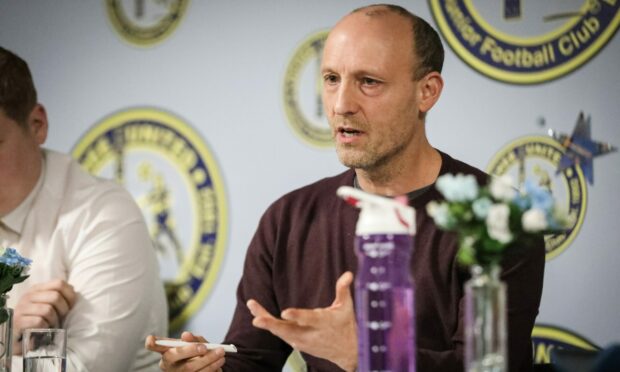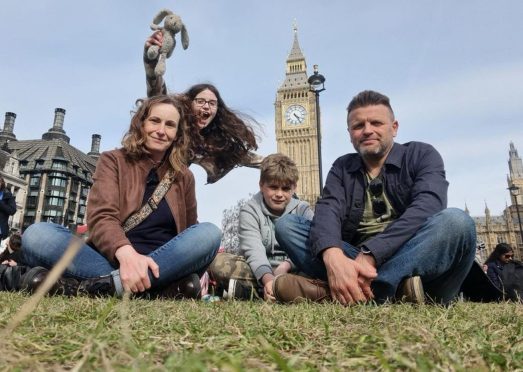How transgender issues are tackled in the classroom is being challenged by a Dundee sociologist behind a new campaign group.
Dr Stuart Waiton says it is wrong that children are being taught ‘as fact’ that gender is fluid and that teachers are told to “hide” pupils’ transitions from parents.
The Abertay University sociology and criminology lecturer has launched the Scottish Union for Education along with parents, teachers and other lecturers, including Dr Penny Lewis, of Dundee University, to press for ‘education not indoctrination’.
But the Scottish Government branded it “wholly wrong” to suggest its guidance for schools supported ‘ideology’ or encouraged teachers to hide information.
Challenging Scottish Government guidance
The group is challenging Scottish Government guidance on how transgender pupils are supported.
The guidance advises that teachers should take into account a young person’s wishes before deciding whether to tell parents about their transition.
Inclusion in sex and relationships education resources of how children as young as eight should be taught about what being transgender is is also criticised.
The Scottish Union for Education will campaign on a range of issues.
This will include the teaching of history and “promotion of white privilege” and the content of relationship, sexual health and parenthood (RSHP) classes.
Chairperson Dr Waiton stood for election with the Brexit Party in 2019.
And he describes himself as an atheist on the left side of politics.
He said: “Whether it is the divisive promotion of ‘white privilege’, the adoption of a transgender ideology, or the increasingly inappropriate nature of sex education, it is clear that a new type of dogma is being pushed on to Scottish children.”
Teachers appear to be taking on the role of the child’s guardian, accepting without question that 12-year-olds can change their sex, while demonising parents who express concerns.”
Dr Stuart Waiton, Scottish Union for Education
He told The Courier it was “wrong” that gender fluidity – along with other concepts including white privilege – are being taught as fact.
“That’s not what education should be.
“Fine, teach different sides, have a debate, but that’s not what’s happening.
“These things are being incorporated into all aspects of the curriculum.”
Guidance on transgender pupils
Criticising the guidance around transgender pupils, he said: “In a reversal of roles, schools and teachers appear to be taking on the role of the child’s guardian, accepting without question that 12-year-olds can change their sex, while demonising parents who express concerns.”
He said: “Standards in Scottish education are falling.
“It is time for the people of Scotland to have their voices heard about this.”
A Scottish Government spokesperson responded: “These claims are wholly wrong.
“The supporting transgender young people in schools guidance does not support any ‘ideology’, nor does it encourage teachers to hide information from parents.
“What it does is support schools to deliver a safe, supportive environment for all pupils, regardless of gender, and ensure that everyone’s rights are respected.”












Conversation